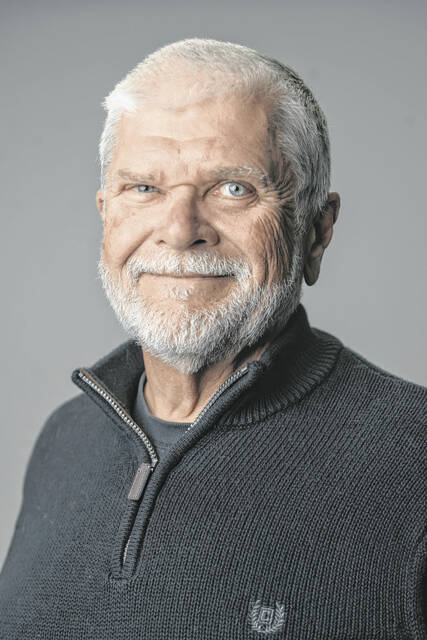There are lies, damned lies and public opinion polls.
That is my misquoting of a quip often attributed to Mark Twain. The original quote was about statistics, but describes opinion polls so well I feel Twain wouldn’t mind the plagiarism.
(In my defense, Twain attributed the quote to British Prime Minister Benjamin Disraeli, who also claimed he never said it, so I figure it is fair game for theft.)
We should all embroider that quote on a throw pillow and keep it on our recliners as America enters what we call an “off election, election year.” That’s a year when we don’t vote for a president, so a lot of us lose interest and fail to cast a ballot, allowing more than the usual number of political lunatics to be elected by the robotic party faithful.
Across the country, 34 senators and all 435 members of the House of Representatives will be elected. Locally, Greg Pence’s seat is up for grabs (no pun intended) in Congress. And Republican Senator Todd Young will ask us to send him back to Washington for another six-year term.
In addition, 36 out of 50 states will elect or re-elect their governor. Indiana is not one of them. Our next crack at picking a governor will be in 2024. By then, the power-grabbing General Assembly supermajority may have made the position obsolete, eliminating the need for a governor at all.
So brace yourself for a pandemic of public opinion polls.
Sadly and frighteningly, no vaccine is available to prevent these polls — leaving us to suffer through the phone calls, snail mail, emails, text messages and computer links asking us to spill our political beans.
Some of the polls are not actually polls at all. They are political propaganda devices sent out by candidates to show they want input on issues when they actually just want to appear to want input. Their questions often assume the correct answer — “Do you back my re-election to Congress or are you anti-American?”
Other polls are sent out by professional polling organizations hired by allegedly unbiased news organizations. These are the expert professional pollsters who elected Hillary Clinton president in 2016.
Polling organizations constantly stress their polling is “scientific” and accurate when viewed within a statistical “margin of error.” I suspect the “margin of error” is mostly created by two factors: 1. Interviewees are notorious liars when asked personal questions; 2. A lot of the people who write the questions live on another planet.
Public opinion pollsters seem to be intent on dividing those responding to their questions into stereotypic categories. Two of the usual categories are “with a college degree” and “without a college degree.”
This always strikes me as a way the poll takers have learned to be polite as they say “informed people” and “uninformed people.”
Shouldn’t they also have categories called “ignorant college graduates” and “well-read high school dropouts” and “high school graduates who can fix a computer” and “college graduates who can’t fix a cheese sandwich?”
They also like to segregate answers by sex, race and place of residence — creating more monolithic stereotypes for TV analysts to exploit while standing in front of the “big board” on election night. How else would they be able to tell us with purported authority that “the rural vote may explain why a goat is now governor of Nebraska” or “suburban women overwhelmingly back candidates who oppose taxes on imported wine.”
While I find all this poll taking entertaining, I have long ago quit believing in the “scientific validity” of most of it. I have developed my own method of deciding the outcome of elections.
The margin of error is a consistent 50-50. I just flip a coin.





